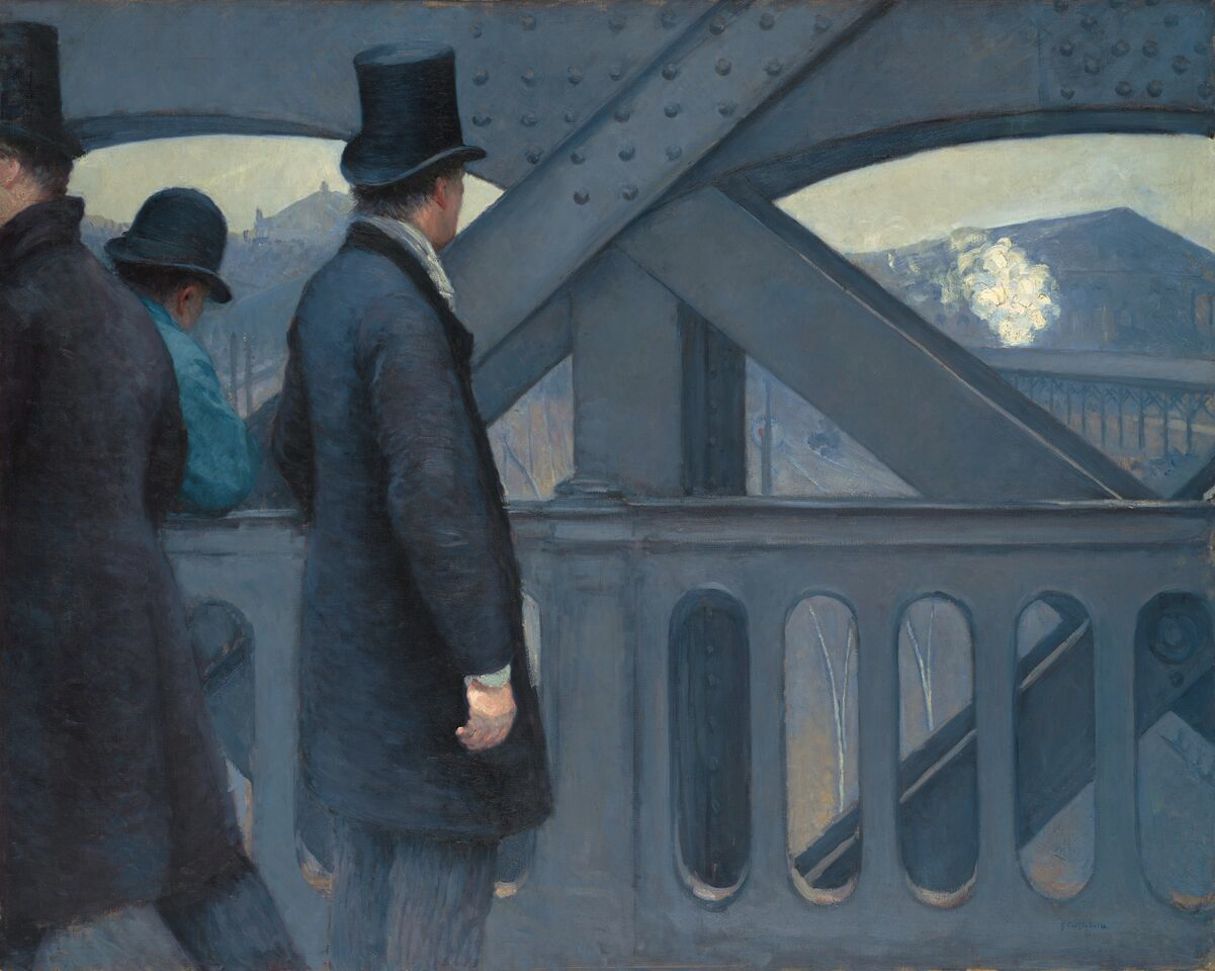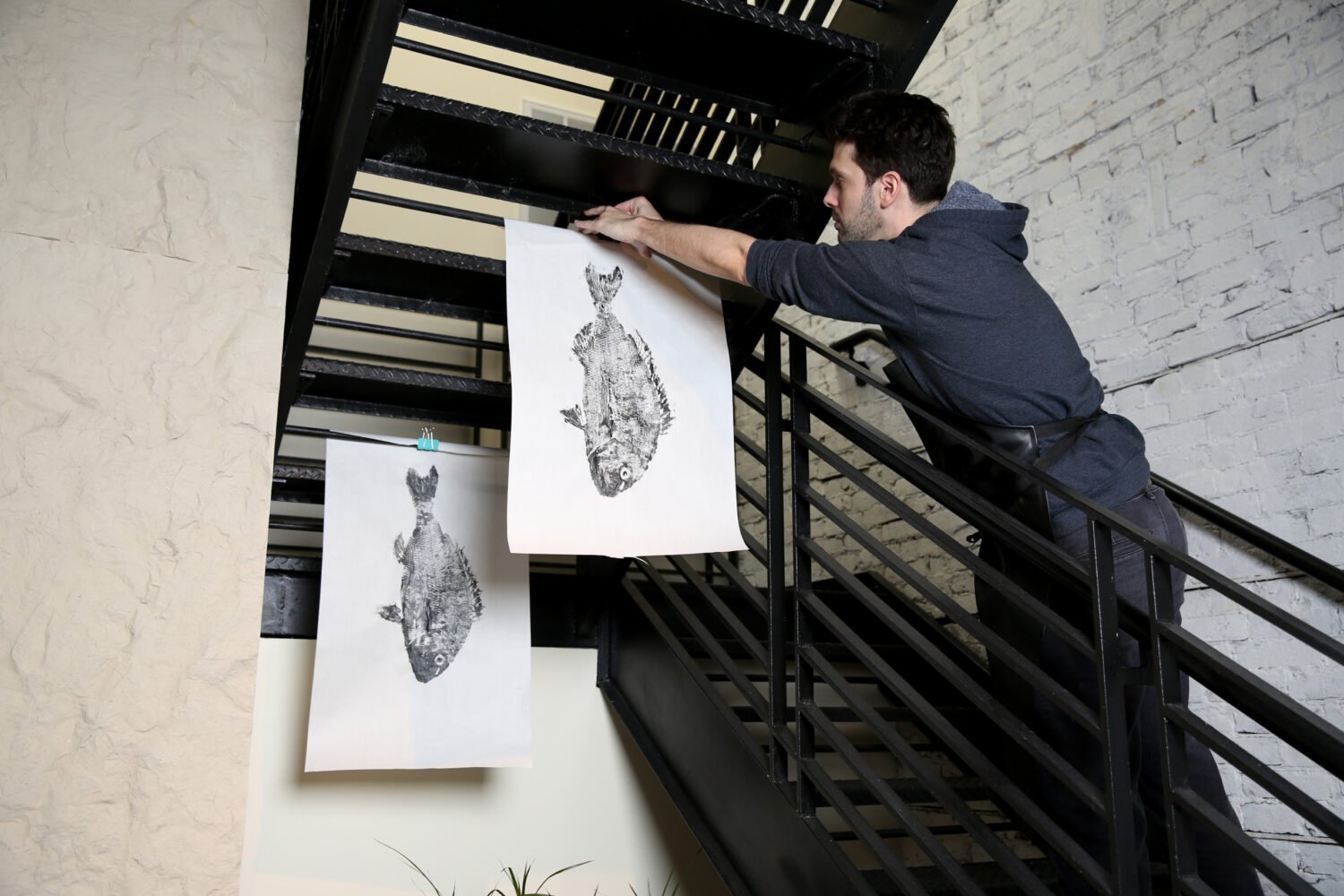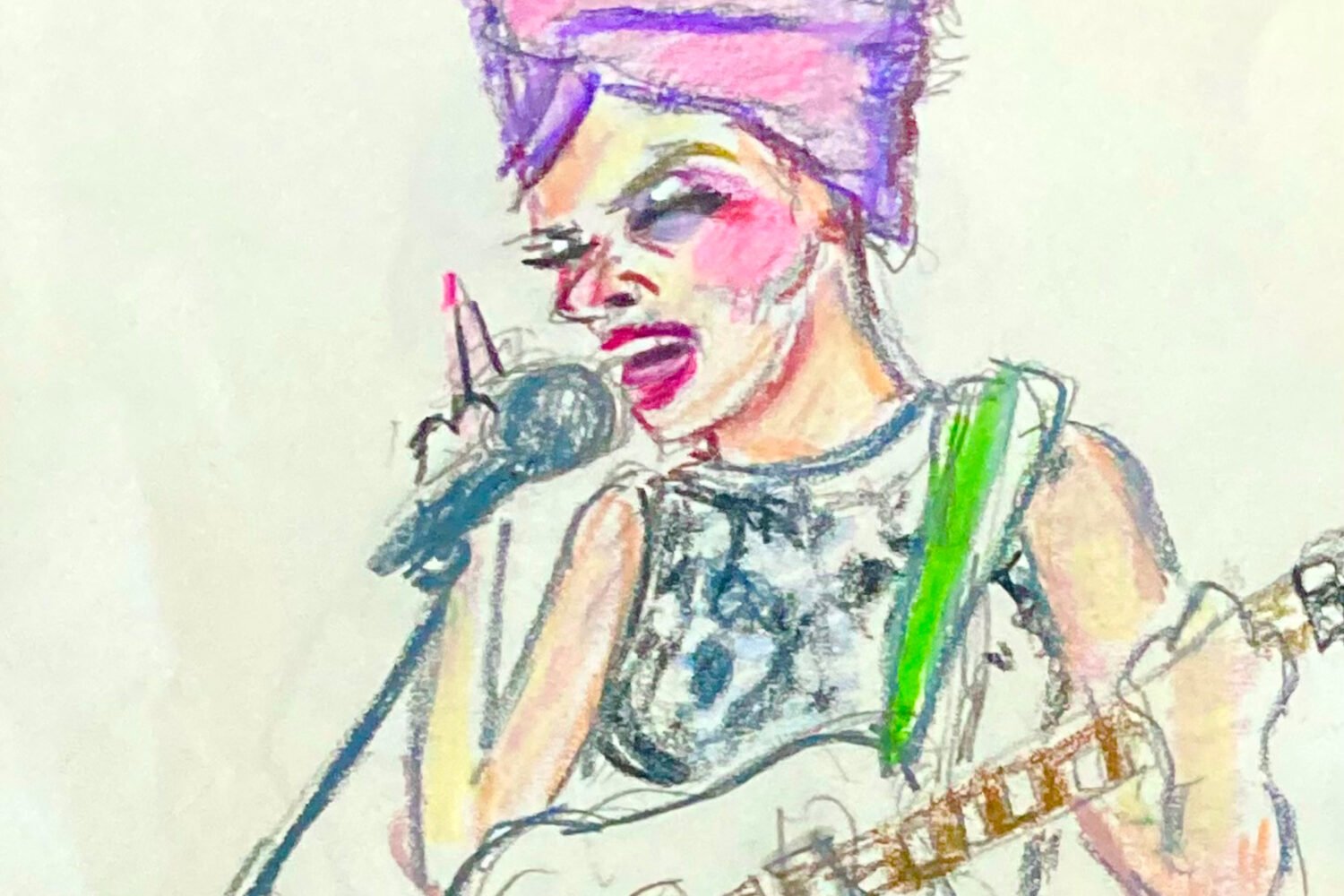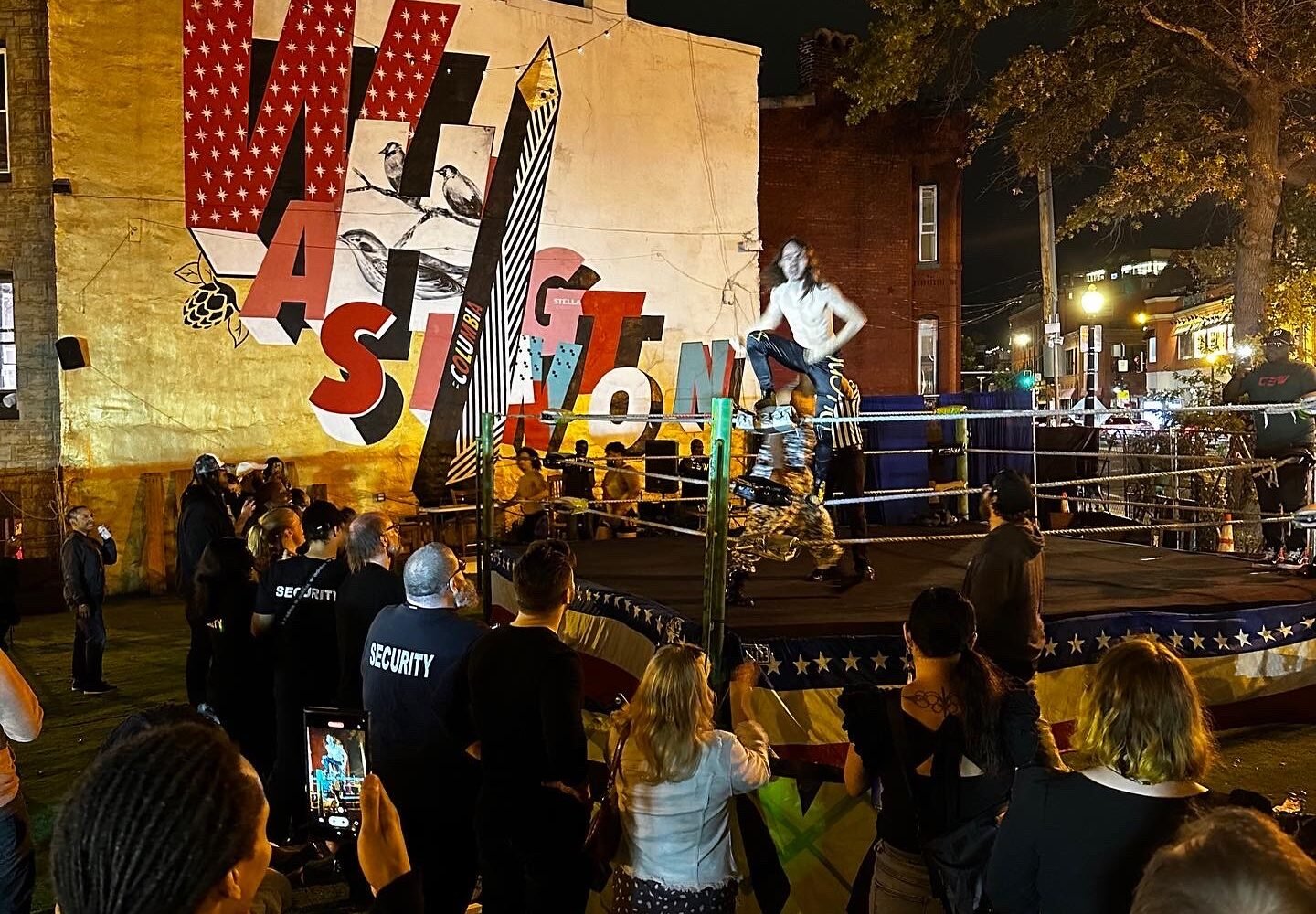Gustave Caillebotte captured the day-to-day life of Paris. No subject was too ordinary. He painted people walking down the street and shirtless men scrapping wooden floors. For the conservative art jurors of the French government–who in 1875 rejected his entry into the Salon, a prestigious annual art exhibition–Caillebotte went too far. For the Impressionists, however, his work was the perfect depiction of the city’s urban life. They welcomed Caillebotte into their crew.
He went on to exhibit with them, but didn’t achieve the same fame as the likes of Edgar Degas or Claude Monet. Now the National Gallery of Art is spearheading a rediscovery of his paintings. “Gustave Caillebotte: The Painter’s Eye,” on view from June 28 to October 4, includes a display of 50 works, focusing primarily on the period between 1875 and 1882.
Here, co-curator Mary Morton selects five of Caillebotte’s paintings and explains their story, as well as why they’re worth the trek to the Mall.

“This picture, freshly cleaned by conservators at the Art Institute of Chicago, is as spellbinding today as it was in 1877, when critics claimed it as the great masterpiece of the third Impressionist exhibition. The painting transports the viewer, in its scale and plunging perspective and luminosity, to a brand new street corner in what was known as ‘the new Paris.’”

“Here, pedestrians walk along this new iron bridge, gazing through openings in the girders at the train traffic below from the Gare Saint-Lazare, the busiest train station in Paris at the time.”

“This is Caillebotte’s most iconic image, the only painting available to be seen by the public for decades. It was radical in its day for its depiction of sweaty, arduous urban labor–three men preparing the floor of a brand new apartment building.”
“This strangely alluring, but horrific, still life is a meditation on death and the violence of industrial butchery. It is beautifully painted, but it is not a pretty picture.”

“This dapper, handsome young man in silk top hat and striped sleeves took the train out of Paris for the day to row along the river on a summer afternoon.”














